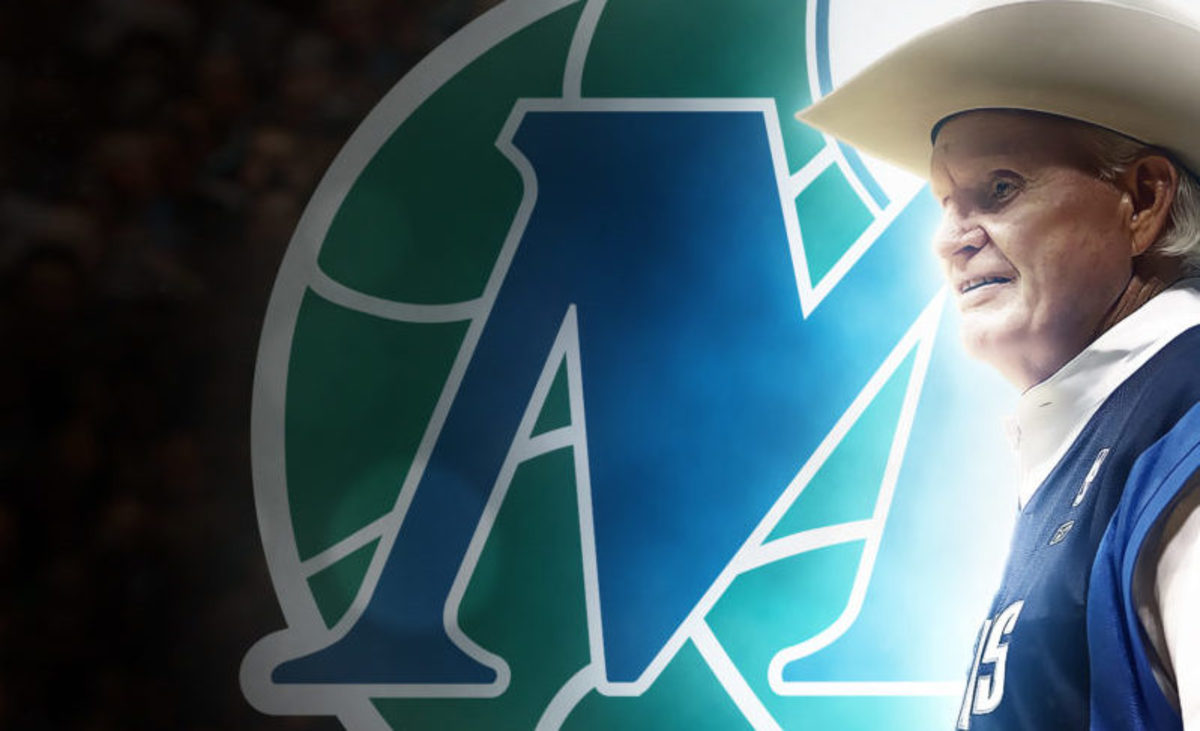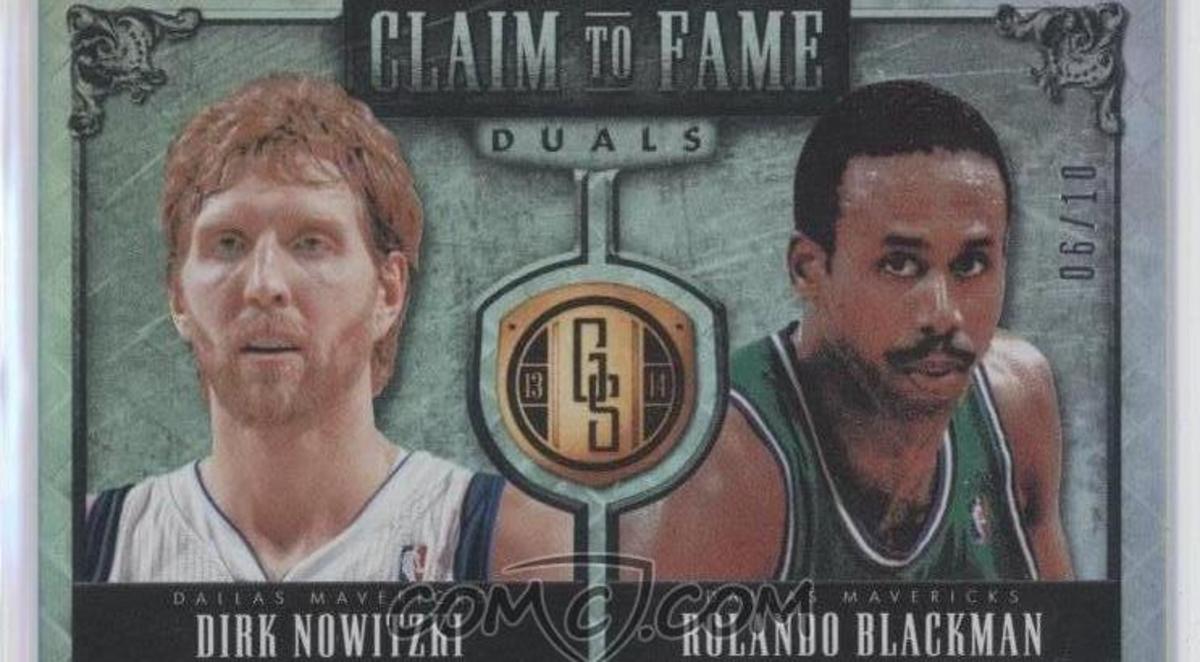Moody Madness: Inside the Craziest Night in Dallas Mavericks History
On May 20, 1987, head coach Dick Motta abruptly resigned – without explanation – in the wake of a 55-27 season.
On January 6, 1995, Roy Tarpley played in a game while visibly drunk.
On June 26, 1996, they drafted Samaki Walker over Kobe Bryant.
On February 17, 1997, newly-minted general manager Don Nelson traded away the team’s top four scorers in a record nine-player deal.
On April 6, 1997, they scored only two points – via free throws – in the third quarter of a loss.
On July 3, 2004, owner Mark Cuban let future two-time Most Valuable Player Steve Nash walk in free agency, admitting, “It was my choice not to pay him the money.”
On Dec. 31, 2008, they trailed in the third quarter, 70-41, before rallying for the biggest comeback victory in franchise history.
On Sept. 19, 2018, Cuban donated $10 million to various women’s organizations in response to a scathing investigation that found systemic workplace misconduct in the organization covering 15 females over 20 years.
On (pick any date over the last month), 2020 – you COVID-19 self-quarantined by watching every minute of their championship run through the 2011 NBA playoffs.
Those bizarre moments in Dallas Mavericks’ history pale, however, by comparison to …
On April 26, 1984 - this week, 36 years ago - Moody was Madness.
Still crazy after all these years – yeah, 36 of them, to be exact – it remains the wildest, most satisfying one-night stand in Dallas-Fort Worth sports history.
As has been the case the last four Springs, there are – thanks, coronavirus – no Mavericks playoff games at American Airlines Center. Seems the perfect time to fill our unique void with a revisit to franchise’s all-time wackiest event.
The Mavs have obviously enjoyed bigger moments. They’ve played better individual games. But combine the setting, the ambience, the stakes, the novelty and the confounding climax, and they haven’t produced a more memorable moment.
If you claim to have been there, chances are you’re lying.
Only 9,007 fans squeezed into the team’s makeshift home at SMU’s Moody Coliseum that night. The fifth and deciding game in Dallas’ first-round playoff series with the Seattle Supersonics was telecast exclusively via pay-per-view on the old Home Sports Entertainment cable channel. And truth be told, the Mavs were irrelevant, still in their infancy and merely a twinkle in the eye of Metroplex consumers obsessing on everything Dallas and most things Cowboys.
But somehow, everyone has an eyewitness account of the night the Mavericks used a frantic finish to beat the Sonics, win their first NBA playoff series and trumpet their arrival as a legitimate franchise.
“It was one big zoo,” recalls Allen Stone, HSE’s play-by-play voice for the game alongside former Mavs center Scott Lloyd. “Everything that could go wrong went wrong. Yet the Mavericks pulled off a miracle and everyone went home happy. Still, I watch the tape and I have to pinch myself.”
Moody Madness was born from, of all things, tennis.
With a couple appearances in the NBA Finals, a championship parade in 2011 and the unprecedented 21-year career of future Hall-of-Famer Dirk Nowitzki, these days it’s difficult to impress Mavs Fans For Life. But back then – in an NBA dominated by Lakers-vs.-Celtics and before Michael Jordan even had a First Dance – the fledgling Reunion Rowdies didn’t know any better. Professional basketball was the shiny new gadget in the big, bright toy box called Reunion Arena.
It was new. Naïve. Nuts.
“We were an up and coming team, but nobody expected us to get into the playoffs,” said former guard Rolando Blackman. “It was a wild ride. No one knew how to act. It was all new to us and our fans.”
Reunion broke ground before Dallas landed the Mavericks and, therefore, had as its primary initial tenant, World Championship Tennis. In the ’70s and ’80s, the WCT Finals – adorned with appearances by Rod Laver, Arthur Ashe, Bjorn Borg, Jimmy Connors and John McEnroe – were a major attraction in Dallas, and one whose booking dates took priority. When the WCT reserved late April of 1984, no big deal. Who else would need the building at that time? Surely not an expansion NBA team in only its fourth year.
“It’d be a better story if Reunion Arena or the City of Dallas didn’t expect the Mavs to go far in the playoffs and just started booking events, but that wasn’t the case,” said former Mavericks media relations director Kevin Sullivan, who went on to serve on President George W. Bush’s staff in The White House. “Tennis got first dibs back then. But it wasn’t like there was no contingency plan for the Mavs in the playoffs. We had a plan. Granted, it was a pretty wild plan.”
Led by Motta and rising stars Mark Aguirre and Blackman, the Mavericks recorded their first winning season (43-39) and earned their inaugural post-season berth. Despite their home-court advantage as the fourth seed, they were heavy underdogs entering the best-of-five series with 146 minutes of playoff experience to Seattle’s 2,280. The Sonics boasted established veterans Jack Sikma, Gus Williams and Tom Chambers. Looking at the series schedule, Blackman noticed the site of Game 5 – “TBD.” To be determined.
“People didn’t want to be rude,” he said, “but no one expected it to be a problem because no one expected us to be competitive in that series, much less win it.”
How crazy was the series? Because of a scheduling conflict in the Pacific Northwest that forced the Sonics to use both Seattle Coliseum and The Kingdome, the five games were played in four different buildings and featured a 26,000-seat disparity between Games 4 and 5.
The Mavs won Game 1 by two points on a Blackman jumper with eight seconds remaining, but lost Game 2 when Williams banked in a 3-pointer at the buzzer. Down 2-1, the Mavs got 29 points from Aguirre and shocked 35,000 at The Kingdome to win Game 4 and force …
Stone: “Major bedlam.”
Blackman: “Flat-out craziness.”
Sullivan: “Mayhem and chaos.”
Scrambling for a suitable venue in a 36-hour window, Mavericks officials considered the Dallas Convention Center before settling on Moody Coliseum. Yes there were quirks, but the Mavericks held training camp at SMU and were somewhat familiar with the surroundings.
But the night was anything but smooth. For starters, it was a logistical boondoggle.
It started with their “home” court.
Instead of bringing in their normal floor, complete with Mavericks’ logos, NBA lanes and 3-point lines, they were forced to use SMU’s college court. Which meant equipment manager Keith Grant (long since the team’s assistant GM) spent all day measuring and taping down an improvised 3-point line. The primitive scoreboard couldn’t accommodate for metrics such as six individual fouls. There were no 24-second shot clocks. The decibel level was so high that the rigged audio for TV was distorted all night. Then the Mavs had to somehow forge seats in a 9,000-seat arena for a fan base – not to mention familiar faces such as public address announcer Kevin McCarthy and owner Don Carter and his 10-gallon Stetson – that typically packed Reunion with 17,000.

Just for fun, hours before tip-off arrived a monster thunderstorm.
“We thought for the longest time that our audio was fried and we were going to provide pictures without words,” Stone said. “It just went along with the whole night, which was just so surreal.”
The raucous and concentrated crowd, standing most of the game, remained deafening despite Seattle’s 93-86 lead with 2:08 remaining. But after Sikma fouled out and Mavs center Pat Cummings hit two free throws to slice the margin to four with 47 seconds remaining, Blackman stole a pass for a dunk and a 95-93 game. He then forced overtime with a 15-foot jumper.
“I watch that game over and over,” says Blackman, “and it’s probably the highest I ever jumped in my career.”
In overtime, Dallas’ seemingly safe six-point lead shrank to 105-104 with just one tick remaining. That is where Moody unveiled its true Madness, in the form of a 14-minute second.
After a Mavs timeout, Motta instructed Jay Vincent to simply throw the ball off Chambers, reasoning the one second would run off the clock. But Chambers instead caught the inbound-pass ploy, turned and fired a half-court shot that missed everything. The buzzer sounded. Referee Mike Mathis whistled the game over. The jubilant Mavericks left the court.
Call it premature evacuation.
For over the next 14 minutes, Mathis and co-officials Jake O’Donnell and Tommy Nunez discussed and dissected the conclusion, without the not-yet-invented help of an NBA Replay Center in Secaucus. Ruling that the clock never started with Vincent’s pass, Mathis eventually ordered the final second re-played, with the ball – inexplicably – awarded to Seattle. With players forced to put their uniforms back on, Dallas grudgingly returned to the court, where Aguirre foiled a hapless lob-pass attempt to Chambers at the buzzer, setting off a second wild celebration.
This one stuck.
“I’ve never been a part of an atmosphere as frenzied as that one,” said Sullivan.
Less than 48 hours later, the emotionally bankrupt and physically drained Mavs lost Game 1 of the Western Conference Semifinals to the Lakers by 43 points en route to a 4-1 series loss. But the weird one-off was a smashing success. The Mavs’ playoff cherry had been successfully popped.
“It’s the one game that still comes up,” said Stone, who was the voice of SMU basketball for 26 years before recently retiring. “For a whole lot of strange, weird reasons, Moody Madness resonates.”
Classic moments that ooze character and sprout organically are rare in Dallas’ pre-fab boobs, leased BMWs and over-everythinged. Sad that only a handful of artifacts from the game survived the Mavericks’ relocation from Reunion to American Airlines Center.

“I hope it lives forever,” said Blackman, “because it galvanized a city.”
And transformed 9,000 people in the building that night ... into about 900,000 who wish they were.
